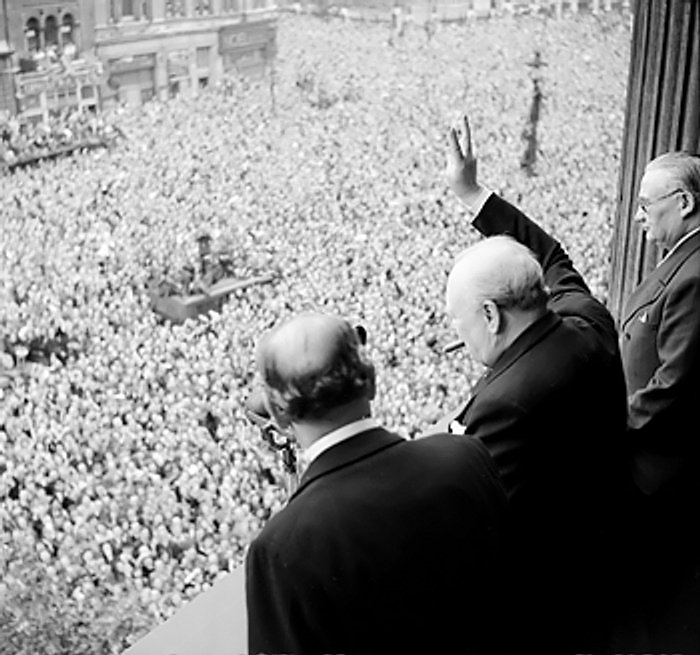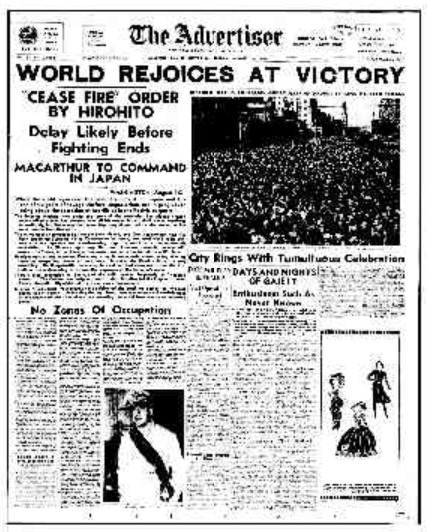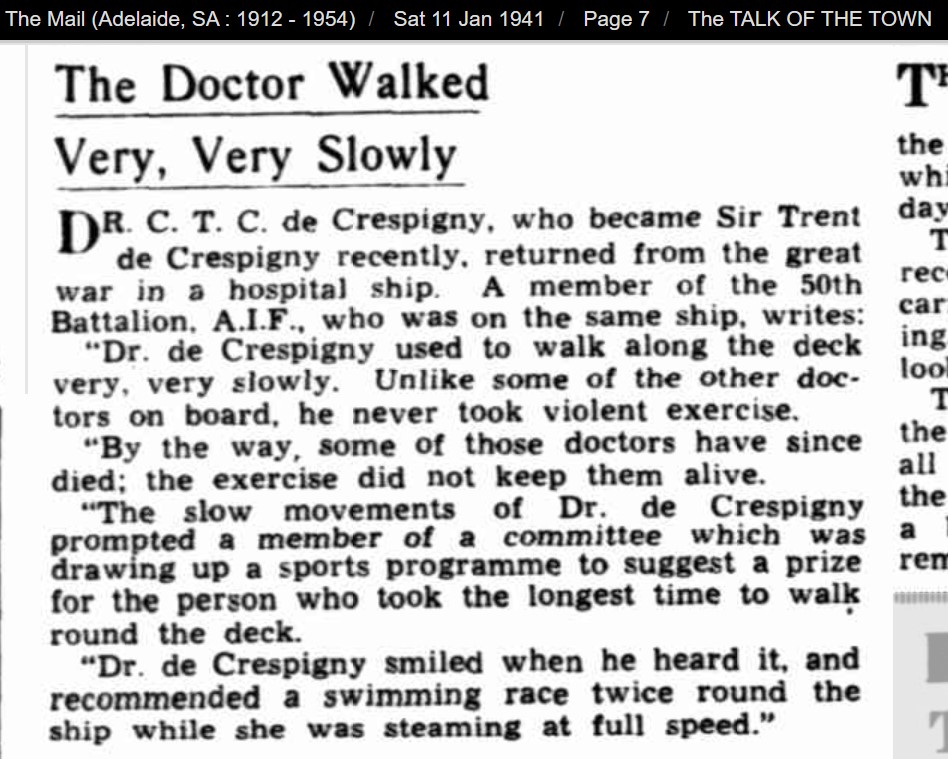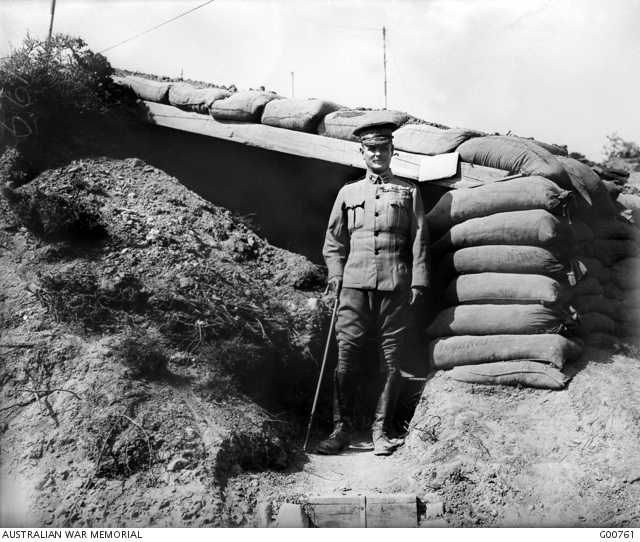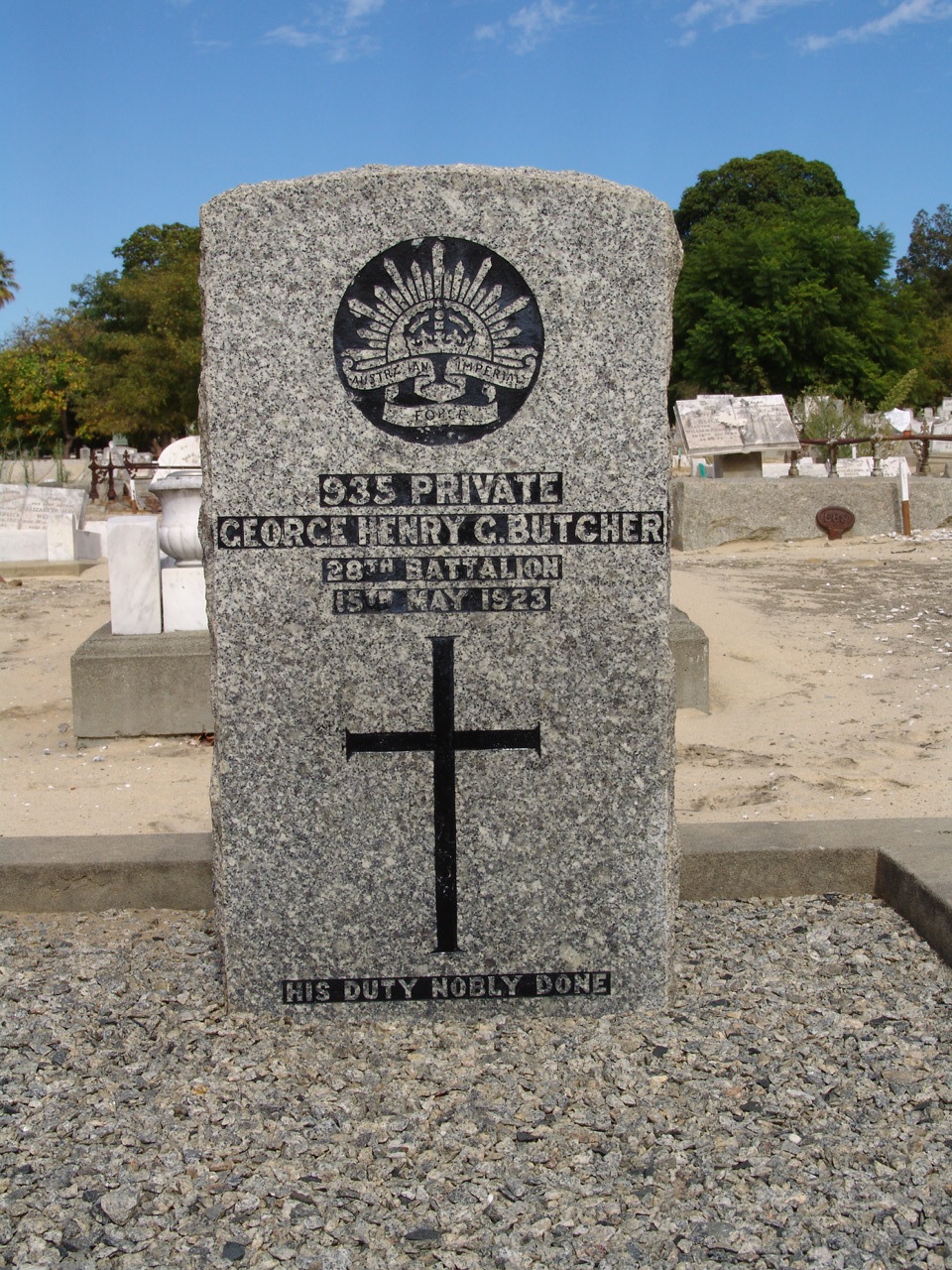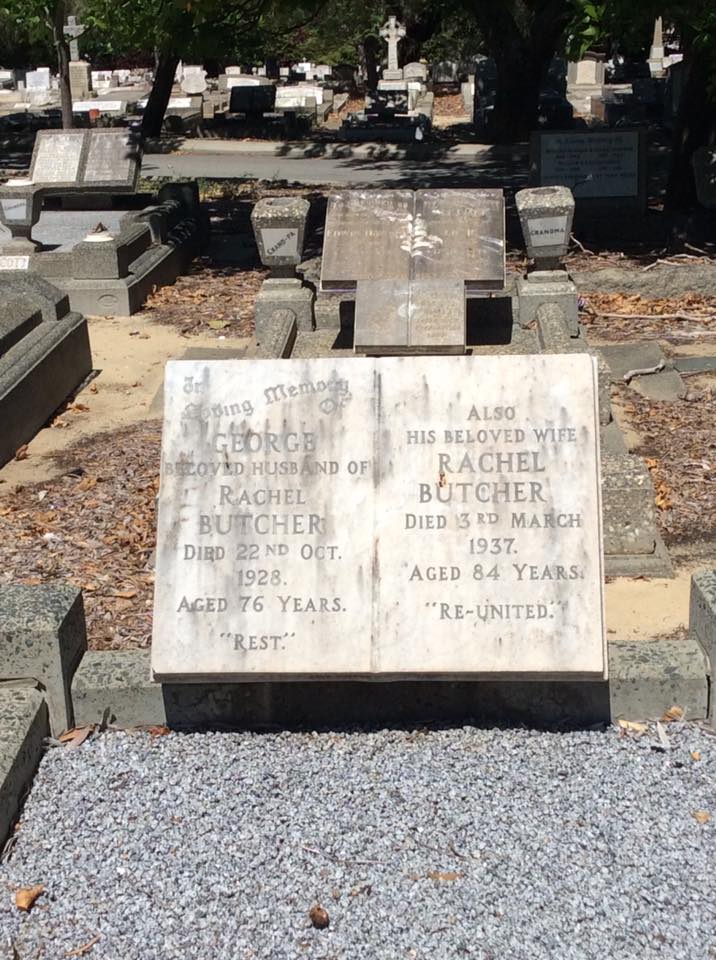Twenty years ago, on 6 February 2004, a new war memorial, the Australian Ex-Prisoners of War Memorial was dedicated in Ballarat, in a quiet corner of the Ballarat Botanical Gardens. It lists the names of more than 36,000 Australian men and women who were forcibly interned by enemy forces in wars, from the Boer war to World War 2. Although 65,000 Australians have been involved in peacekeeping since 1947 none has been taken prisoner.
Definitions of Prisoner of War (POW) vary. The Trustees of the Ballarat memorial consider a POW to be a person captured by an enemy and held in the enemy country or interned in a neutral or non-combatant country.
An Australian POW must be or have been an Australian born person serving in the uniform of an Australian service or in the uniform of a friendly country, or born elsewhere and serving in the uniform of an Australian service.
A prisoner is carefully defined as a person who has lost personal privileges, suffers deprivation of liberty or is unable to return home or dies in captivity.
The memorial was designed by a Ballarat sculptor Peter Blizzard (1940 – 2010). On his website he explained the effect he hoped to achieve:
The journey begins on a long pathway designed to create a strong visual perspective that emphasises the great distances Australians travelled to war.
The paving stones forming the pathway are shaped like railway sleepers in recognition of the iconic place of railway journeys in the history of Australian prisoners of war.
A roll of names of every Australian prisoner of war is etched into a black granite wall running parallel to the pathway. The roll gives no rank, number or enlistment detail, in recognition that sacrifice, suffering, and deprivation acknowledge no person's status. These men and women are equals.
In a break in the wall a row of stone obelisks stand sentinel in a shallow pool of water. Each bears the names of countries where Australians were held as prisoners of war. The obelisks are out of reach across the water, symbolising that all the prison camps were overseas - far from home and the comfort of family and friends. The size of the obelisks and their position in the water create a powerful image and offer a place for reverence and reflection. The obelisks form a silent line of guardians watching over these prisoners of war for ever. The fallen stone honours all those men and women who died as prisoners of war.
The roll of names on the granite wall continues towards a large stone at the end of the pathway. The stone rests on a small granite wall and bears the timeless injunction, 'Lest we Forget'.




In World War 1 over 400,000 Australians were involved. Of these 60,000 died and over 4,000 were taken prisoner. In World War 2 over 990,000 Australians were involved. Of these nearly 40,000 died and over 30,000 were taken prisoner.
Among the prisoners listed are:
Frederick Cudmore Andrews (1895 – 1975), my first cousin twice removed, one of my grandmother’s first cousins. He was born in Perth, Western Australia. He first enlisted in the Australian Imperial Force on 21 February 1916. He later joined the British Air Force. He was taken prisoner of war 26 September 1917 when he was captured at Polygon Wood. He was interned at Soltau and Holzminden, He was repatriated 3 December 1918.
Ernest Osmond Cudmore (1894 – 1924), my first cousin three times removed. When Ernest was fourteen his leg was broken when he was thrown from a horse. The bone did not set and his leg had to be amputated below the knee. In his early twenties Ernest took up racing motorbikes. After World War 1 broke out Ernest Cudmore sailed for England and acquired his aviation certificate at Bournemouth on 26 April 1917. On 6 June 1917 Ernest Cudmore enlisted in the Royal Air Force. I was interested that at the time of enlistment no descriptive marks were noted; the wooden leg was not mentioned. On 5 February 1918 Ernest Cudmore went missing and was captured at Jabbeke, about 17 kilometres west of Bruges in Belgium. He was held at Courtrai/Landshut and Holzminden. A family story has that Ernest tried to escape while a prisoner so the Germans took away his wooden leg. He was repatriated to England on 13 December 1918.
Kay Chauncy Masterman (1896 – 1981), my fourth cousin three times removed. He was captured towards the end of the war on 31 August 1918. He served in France in the 40th Battalion from 23 April to 31 August 1918. Debris from an exploding shell buried him alive; rescued by German soldiers, he was a prisoner of war for four months
Most of the people listed on the memorial were prisoners during World War 2.
Peter McCracken Cudmore (1911 – 1995), my second cousin twice removed, one of my grandmother Kathleen’s second cousins, was captured by the Germans at Crete in June 1941 while serving with the 2/3 Field regiment as a lieutenant. He was held in several camps: Oflag XC, Oflag VIB & Oflag VIIB. Peter Cudmore was POW number 3526. An Oflag (from German: Offizierslager) was a type of prisoner of war camp for officers which the German Army established in World War II in accordance with the requirements of the Geneva Convention (1929). In September 1942, British officers from Oflag VI-B Dössel, were transferred to VII-B after a mass escape. In 1943 while he was a prisoner Lt. Peter Cudmore passed all examinations for the intermediate course of the Chartered Institute of Secretaries. Small Stalag and Offlag universities were run entirely by British officers in German prisoner of war camps, with text books and papers and even pens from the Red Cross and the YMCA. Oflag VII-B was liberated by the U.S. Army on 16 April 1945. Lieutenant McCracken returned to Adelaide in July 1945.
John Chauncy Champion de Crespigny (1908 – 1995), my first cousin twice removed, was captured in 1942 when Singapore fell. He was first interned in the Dutch Army barracks at the No 12 Bandoeng camp, West Java. A fellow prisoner was Lieutenant Colonel Edward ‘Weary’ Dunlop of the Royal Australian Army Medical Corps, who later achieved a high reputation for his selfless dedication to the welfare of the suffering troops. In November 1942, 1000 Australian prisoners, including Dunlop and de Crespigny, were moved to a camp at Makasura, Batavia where they shared quarters with British prisoners. Early in 1943, many Australian prisoners, including Dunlop and de Crespigny, were moved to Singapore and from there to the Konyu-Hintok Area near the Burma-Siam border. Those below officer rank were forced to work on the construction of the infamous 260-mile railway linking Thailand and Burma. Following the Japanese surrender in September 1945, John de Crespigny was ‘recovered from the Japanese at Siam.’ He sailed for Melbourne via Singapore on 17 October 1945 and was discharged as an Honorary Major in December. On his return, he provided a sworn statement to the inter-Allied team investigating Japanese war crimes.
George Napier Sprod (1919 – 2003) was my second cousin twice removed on the Cudmore side of my family, one of my grandmother’s many second cousins. George Sprod was serving with the 2/15th Field Regiment and in January 1942 the regiment provided artillery support for the infantry withdrawal along the Malayan Peninsula towards Singapore. In February 1942 the British forces in Singapore surrendered to the Japanese. Members of the 2/15th were imprisoned at Changi. As a prisoner in Changi Singapore, Sprod met the English cartoonist Ronald Searle (1920-2011). In September 1944 they founded and produced the fortnightly magazine “Exile“. There were ten issues. After a few numbers of the Exile Sprod decided that he would like to produce a journal with Australian appeal, which he called”Smoke-Oh” which ran for two issues only. Sprod and Searle also painted murals in a club within the Sime Road camp. After the war George Sprod was a successful cartoonist, eventually working for Punch magazine. Nearly forty years after his experiences as a prisoner he wrote a memoir which looked at the humorous side of life as a prisoner, though it did not overlook the misery and cruelty.
Alfred Rupert Snell Chauncy (1893 – 1943) was my second cousin three times removed. He served in both World War 1 and World War 2. He enlisted in July 1940 and served with the 2/10 Field regiment as a gunner. He was captured at the Fall of Singapore. He was initially reported missing but in 1943 he was listed as a prisoner of war. He died of dysentery on the Burma Road. He is remembered at the Thanbyuzayat War Cemetery in Myanmar (formerly known as Burma). The cemetery is also known as the Gardens of the Death Railway. There are 3,149 Commonwealth and 621 Dutch burials of the Second World War in the cemetery
It has been said that a man died for every sleeper laid across the 415-kilometre (258 mi) route of the railway. The notorious Burma-Siam railway was built by between 180,000 and 250,000 Southeast Asian civilians and over 60,000 Allied prisoners of war who were subjected to forced labour during its construction. Around 13,000 allied prisoners and 90,000 civilians died.
Ernest James Bell (1909 – 1942) was my husband Greg’s second cousin twice removed. He enlisted in the Australian army 28 May 1940 as Ernest James Bell with service number VX18156. On 6 December 1940 he was discharged as medically unfit. On 10 March 1941 he enlisted again as Joseph Bell service number VX50944. He sailed for Singapore arriving 16 August 1941. He was posted missing 16 February 1942. He was shot while attempting to escape in June 1942. He is remembered at Thanbyuzayat War Cemetery and his gravestone has the inscription “Some day we will understand”. He is remembered on the Prisoner of War Memorial as Joseph Bell. A memorandum of 1957 links VX18156 and VX50944
Related posts and further reading
- Website of the Australian Ex-Prisoners of War Memorial
- Blizzard, Peter. “POW.” Peter Blizzard OAM Australian Sculptor, 2006, https://www.peterblizzard.com/Pete/PetePow.html
- A is for aviator: Ernest Osmond Cudmore
- Sepia Saturday 192 : John Chauncy Champion de Crespigny (1908 – 1995)
- Trove Tuesday: remembering the Fall of Singapore
- Trove Tuesday: Mother’s Day 1943 (concerning John Chauncy Champion de Crespigny (1908 – 1995))
- E is for Exile (concerning George Napier Sprod (1919 – 2003))
Wikitree and links to the database of the Australian Ex-Prisoners of War Memorial
- Frederick Cudmore Andrews (1895 – 1975)
- ANDREWS, Frederick Cudmore Located on Addendum 12-2015
- Ernest Osmond Cudmore (1894 – 1924)
- CUDMORE, Ernest Osmond Located on Wall at Addendum 10-2013
- Kay Chauncy Masterman (1896 – 1981)
- Peter McCracken Cudmore (1911 – 1995)
- John Chauncy Champion de Crespigny (1908 – 1995)
- George Napier Sprod (1919 – 2003)
- Alfred Rupert Snell Chauncy (1893 – 1943)
- Ernest James Bell (1909 – 1942)



























